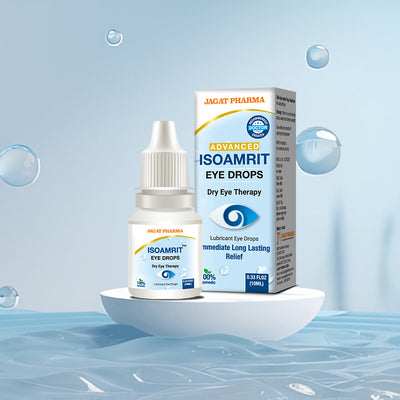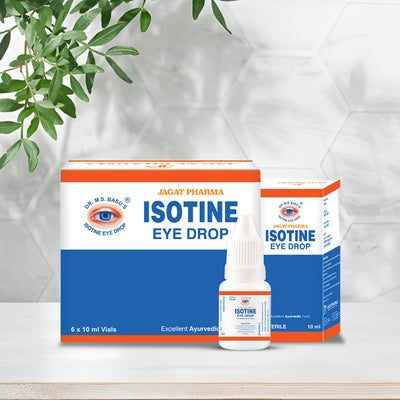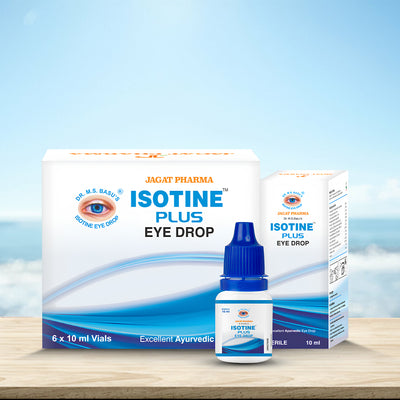
Essential Tips for Ultraviolet Safety Awareness Month
Importance of Ultraviolet Awareness Month
This month is marked as Ultraviolet Awareness Month, which promotes education and proactive measures to safeguard against the potential health risks posed by UV radiation. It emphasizes the importance of sun protection and eye care.
Exposure to UV rays can significantly affect the eyes, posing both short-term discomfort and long-term health risks. In the short term, UV rays can cause immediate symptoms such as redness, irritation, and a sensation of grittiness in the eyes, commonly known as photokeratitis or "snow blindness." Prolonged exposure to UV radiation without protection can lead to more serious conditions. These include cataracts, where the eye's lens becomes clouded, and macular degeneration, which affects the central part of the retina and can result in permanent vision loss. Therefore, it's crucial to wear sunglasses that offer UV protection and take other preventive measures, such as wearing wide-brimmed hats outdoors, especially during peak sunlight hours, to safeguard eye health. Given below is a detailed explanation of each eye care tip to protect your eyes from UV rays:
Tips to Save Your Eyes From UV Rays
Wear UV-Protective Sunglasses: Not all sunglasses provide adequate UV protection. Opt for the sunglasses that block 100% of both UVA and UVB rays. This information is typically found on a sticker or tag attached to the sunglasses, indicating UV 400 protection or stating that they offer 100% UV protection. UV radiation can contribute to many eye problems, including cataracts and macular degeneration, so wearing proper sunglasses is essential for long-term eye health.
Wear a Wide-Brimmed Hat: A wide-brimmed hat provides additional protection by shading your eyes and surrounding facial skin from direct UV exposure. This is especially beneficial when you're in open areas with limited shade. The hat complements your sunglasses by reducing the amount of UV rays reaching your eyes and face.
Check for Polarization: Polarized sunglasses diminish glare from reflective surfaces like water, snow, and roads. While polarization doesn't necessarily block UV rays, it enhances visual comfort and clarity outdoors. Look for sunglasses that are UV-protective and polarized for optimal eye protection and comfort in bright conditions.
Use Wrap-around Styles: Sunglasses that wrap around your temples provide better coverage and protection from UV rays that can enter from the sides. This design helps to reduce UV exposure to both your eyes and the delicate skin surrounding them, thereby lowering the risk of sun damage.
Limit Sun Exposure: Avoid prolonged exposure to UV rays, especially during midday when the sun's intensity is its peak (typically between 10 AM and 4 PM). If you need to be outdoors during these hours, take extra precautions by wearing sunglasses and a hat and seeking shade whenever possible. Jagat Pharma introduces a range of eye drops that protects eyes from harmful ultraviolet rays. Regular use of Isotine Plus I Eye Drop helps save your eyes from damaging UV radiation.
Regular Eye Exams: Routine eye checkups are important for monitoring overall eye health, including potential UV-related issues. An eye care professional can check for signs of UV damage, such as cataracts, pterygium (an overgrowth of tissue on the white part of the eye), and other conditions that may develop over time due to UV exposure.
Consider UV-Protective Contact Lenses: Ask your eye care provider about UV-blocking contact lenses if you wear contact lenses. These lenses help protect the cornea and surrounding tissues from UV radiation. However, remember that contact lenses alone are not sufficient; wearing sunglasses is still necessary to protect the entire eye area.
Understanding UVA & UVB Rays
UV radiation, emitted by the sun, consists of two primary types that reach the Earth's surface: UVA and UVB rays.
UVB rays, when absorbed by the cornea, can lead to immediate damage such as sunburn of the eyes (photokeratitis) or snow blindness with intense and prolonged exposure.
UVA rays penetrate deeper into the eye, potentially causing long-term damage to the retina and increasing the risk of severe eye conditions like macular degeneration and cataracts over time.
Prolonged exposure to UV rays without protection can damage various structures within the eye, potentially resulting in vision problems and eye diseases later in life. Therefore, wearing sunglasses that block 100% of both UVA and UVB rays is crucial for protecting the eyes from harmful UV radiation. Additionally, wearing wide-brimmed hats and seeking shade during peak sun hours can further reduce UV exposure to the eyes.
Regular eye examinations are also essentail for monitoring eye health and detecting any UV-related issues early. By understanding how UV rays impact the eyes and implementing preventive measures, individuals can greatly lower their chances of developing UV-related eye conditions and preserve clear vision for years to come.
Conclusion
Ultraviolet Awareness Month reminds us of the value of protecting our eyes from the damaging effects of Ultravoilet radiation, both for our skin and our eyes. By understanding the risks associated with UV exposure and implementing simple yet effective preventive measures such as wearing UV-protective sunglasses, using sunscreen, and seeking shade during peak sunlight hours, we can significantly reduce the likelihood of developing severe eye conditions like cataracts and macular degeneration. Regular eye checkups also play a crucial role in detecting any UV-related issues early on, ensuring timely intervention and maintaining optimal eye health. By fostering awareness and adopting proactive habits, we empower ourselves and future generations to enjoy the sun safely while preserving our vision for years. Let's prioritize UV protection year-round, not just during this dedicated awareness month, to safeguard our eyes and overall well-being.


